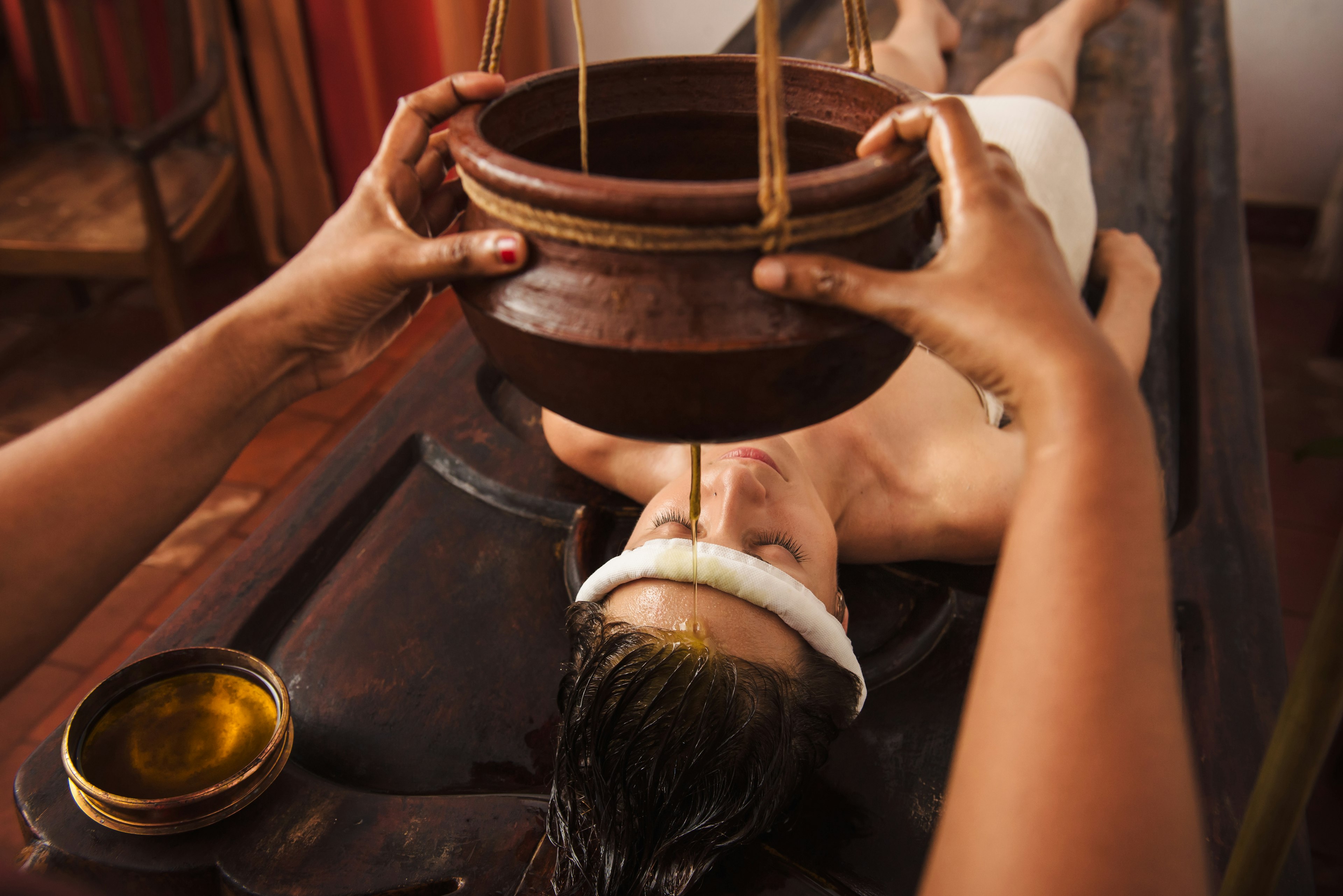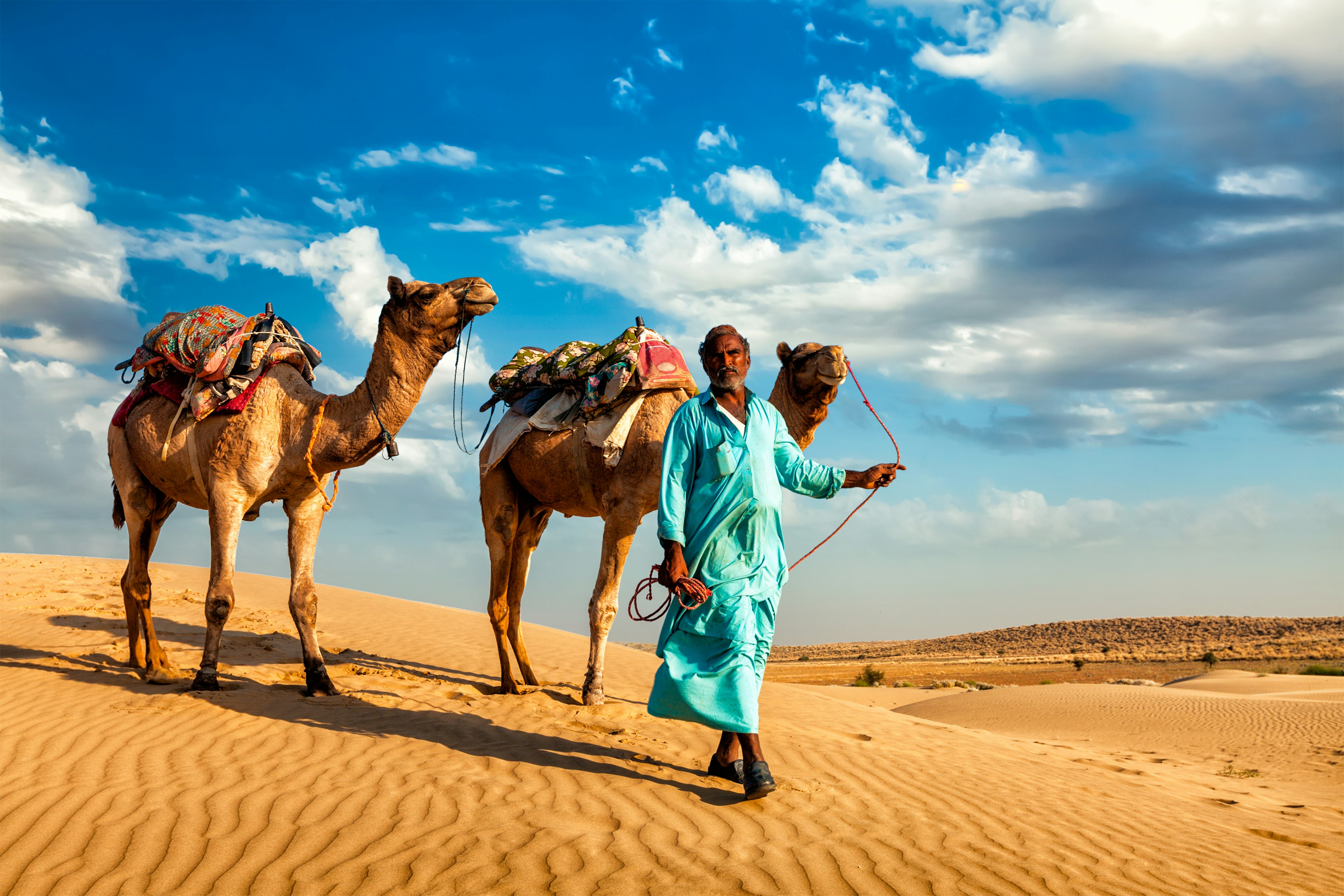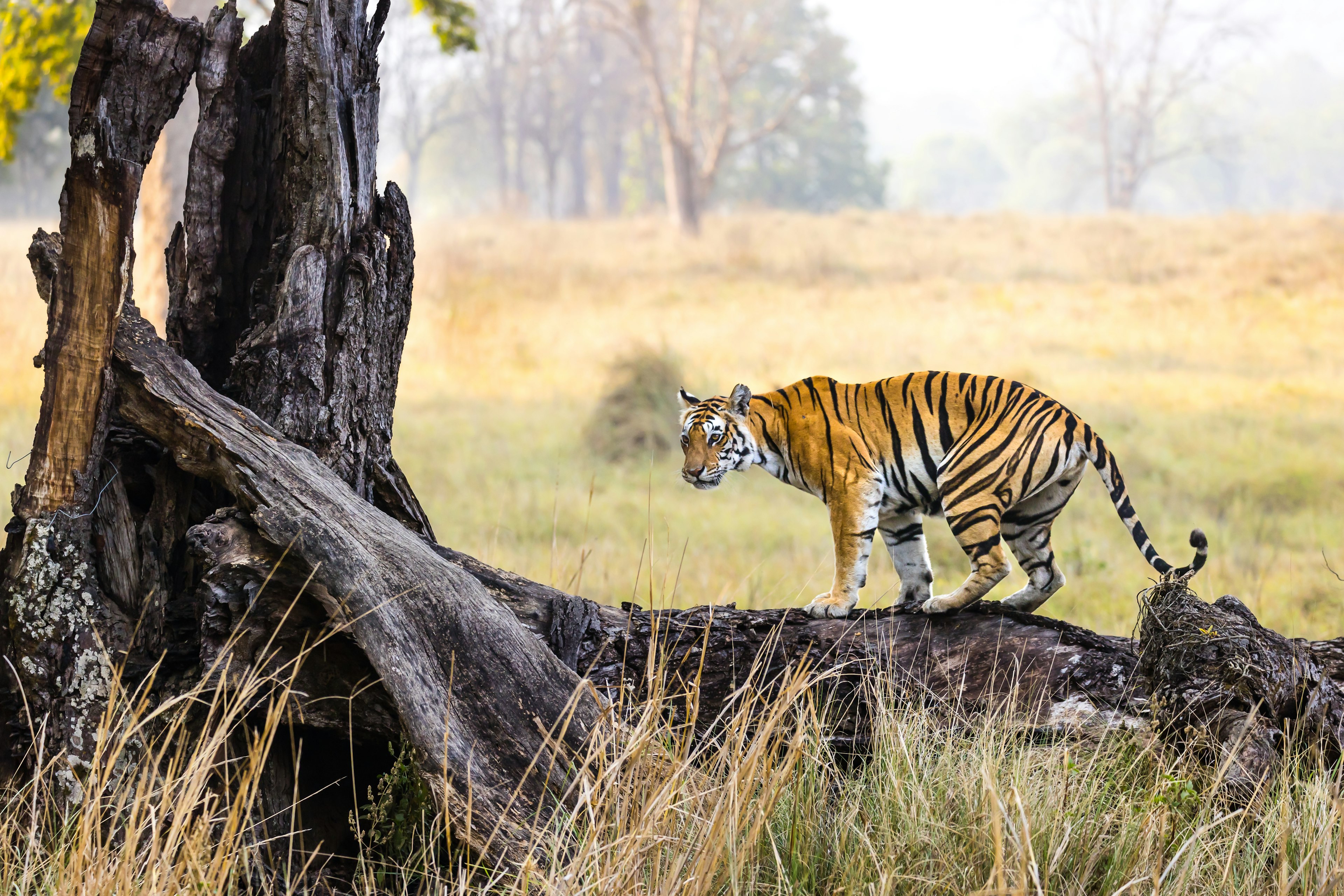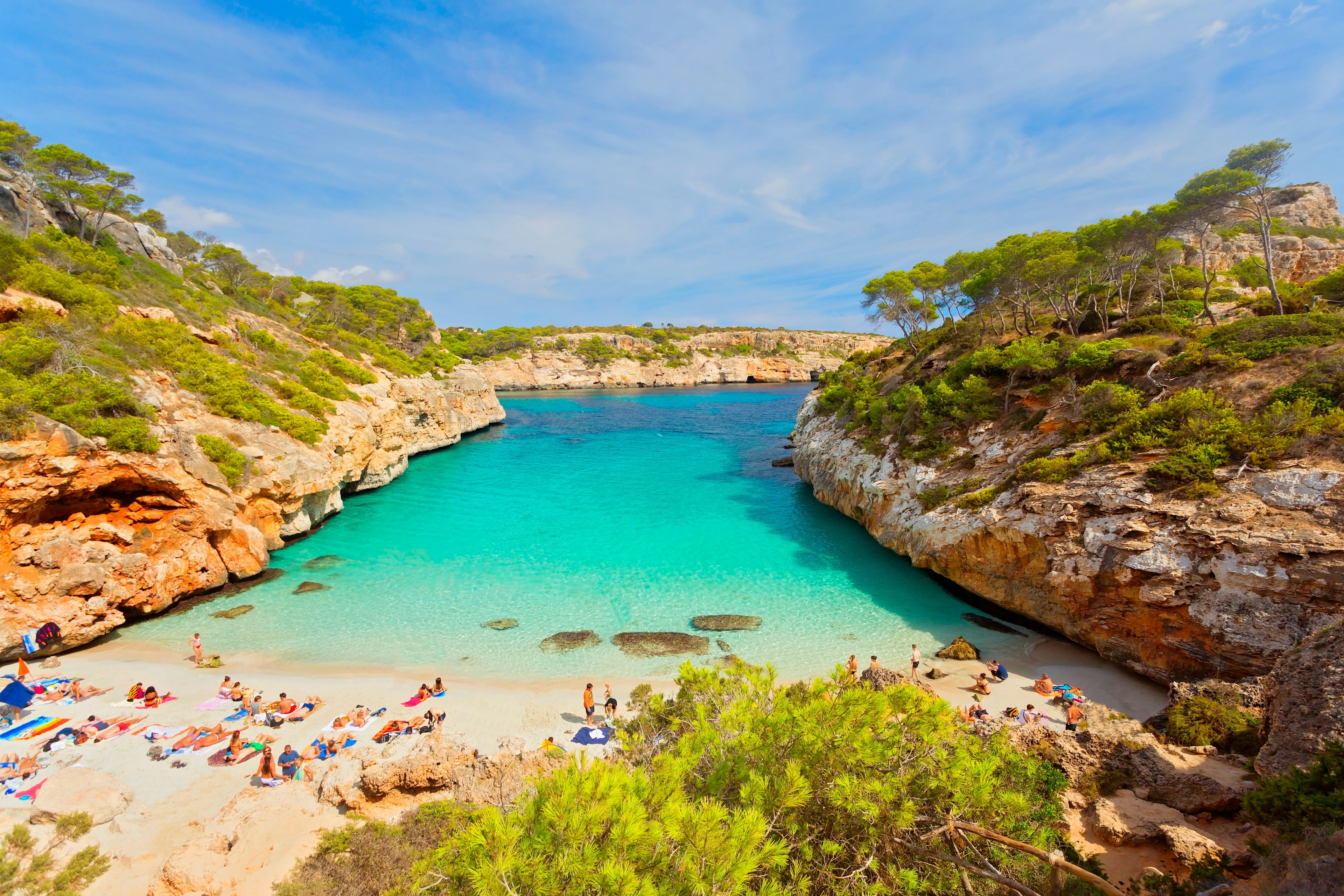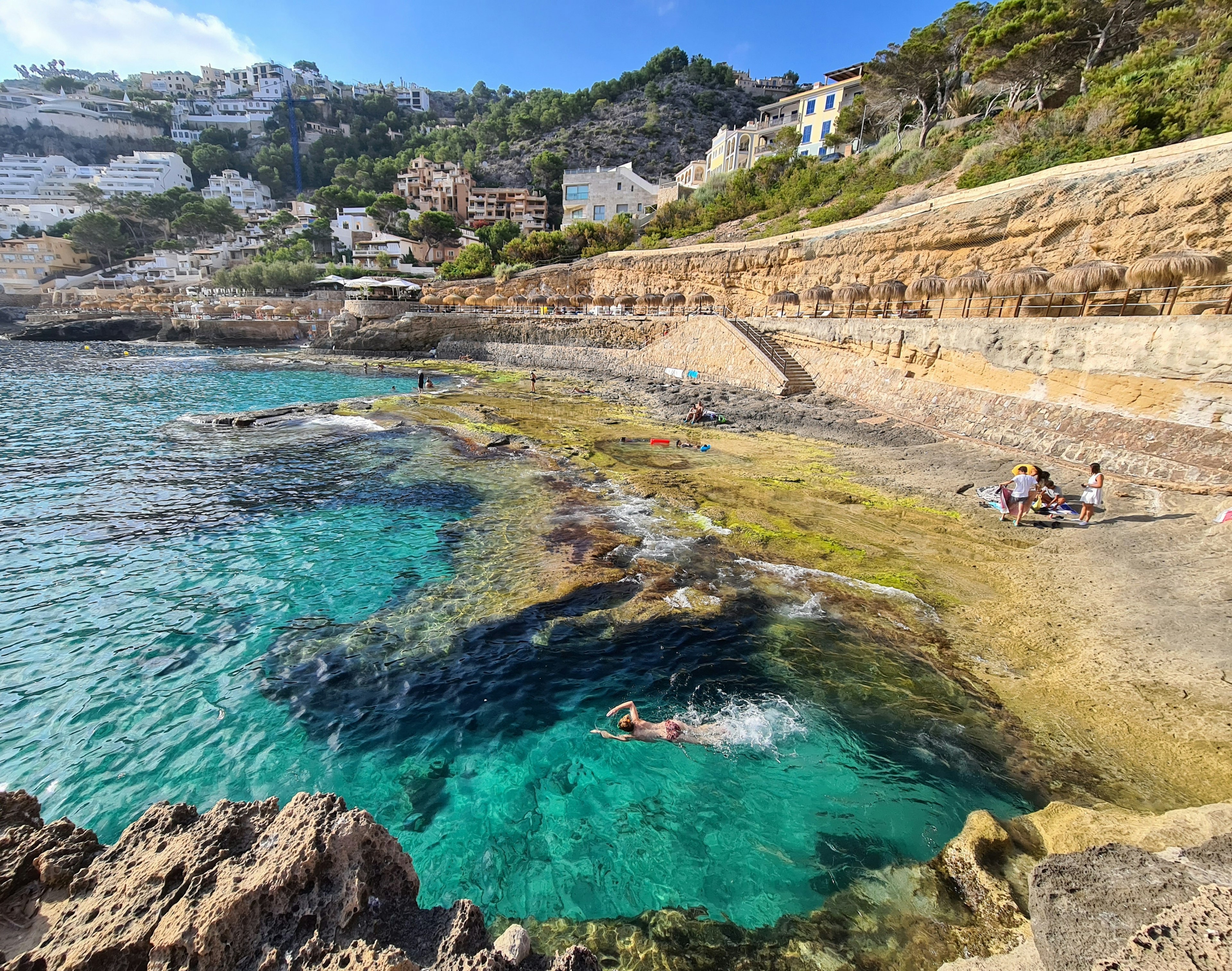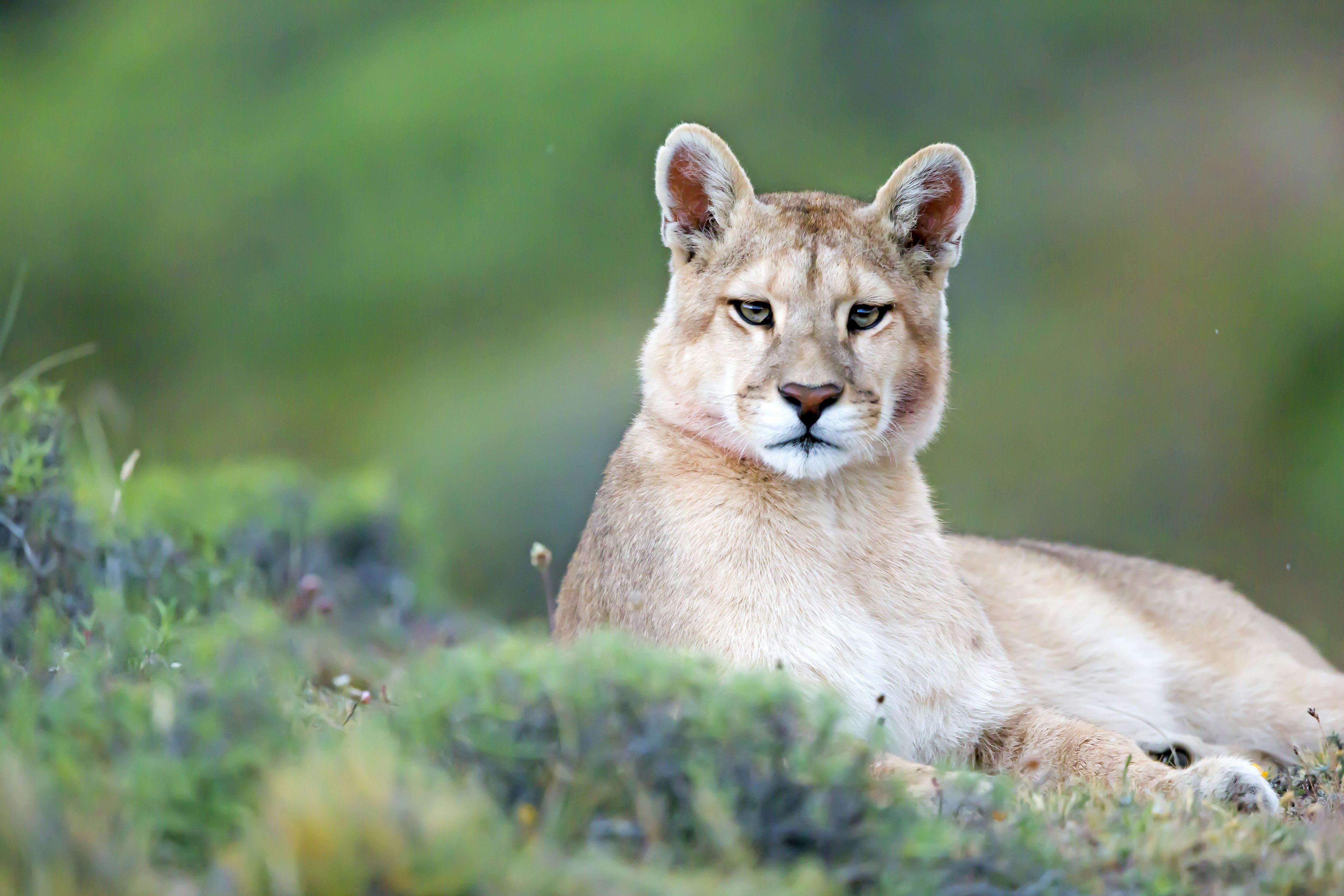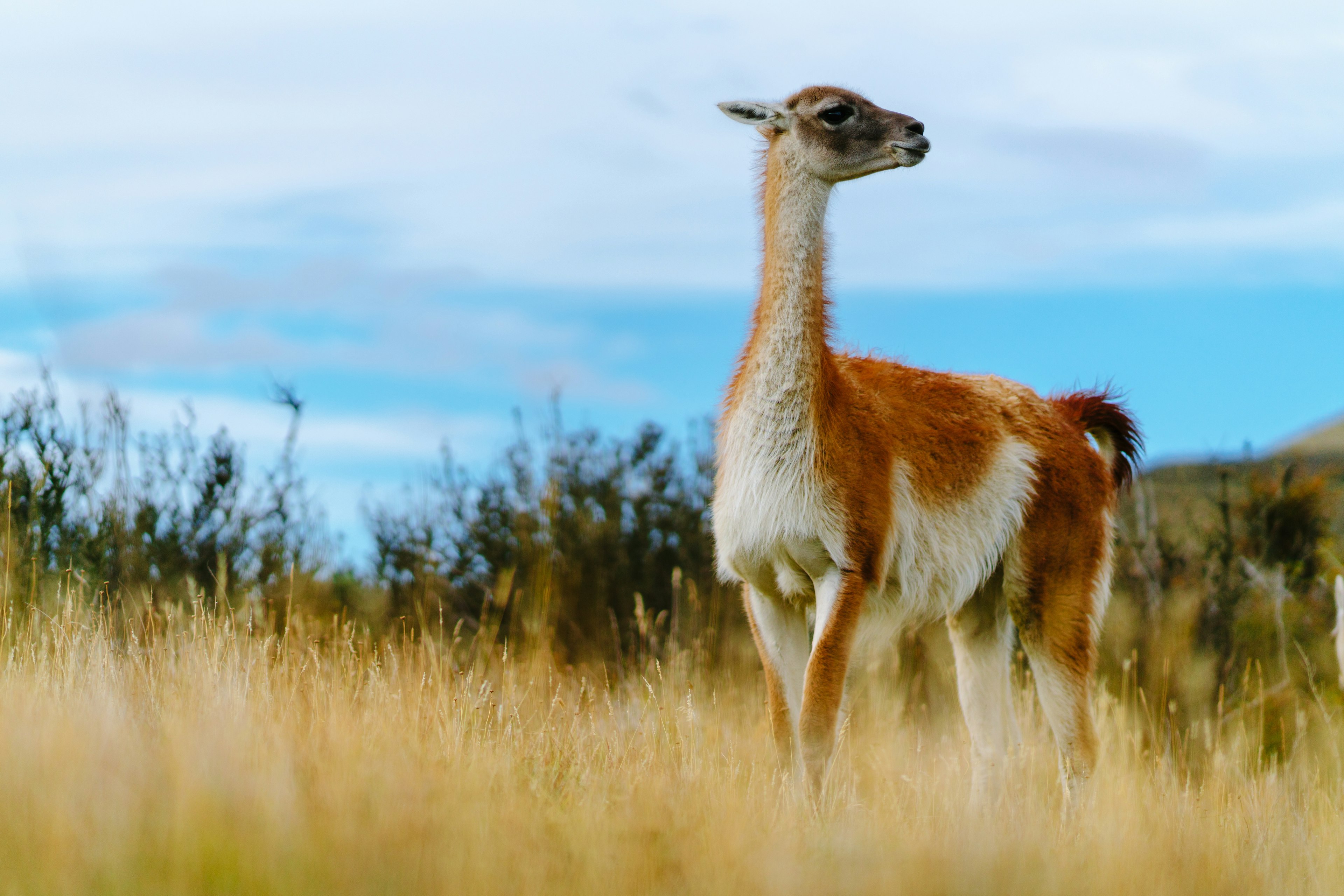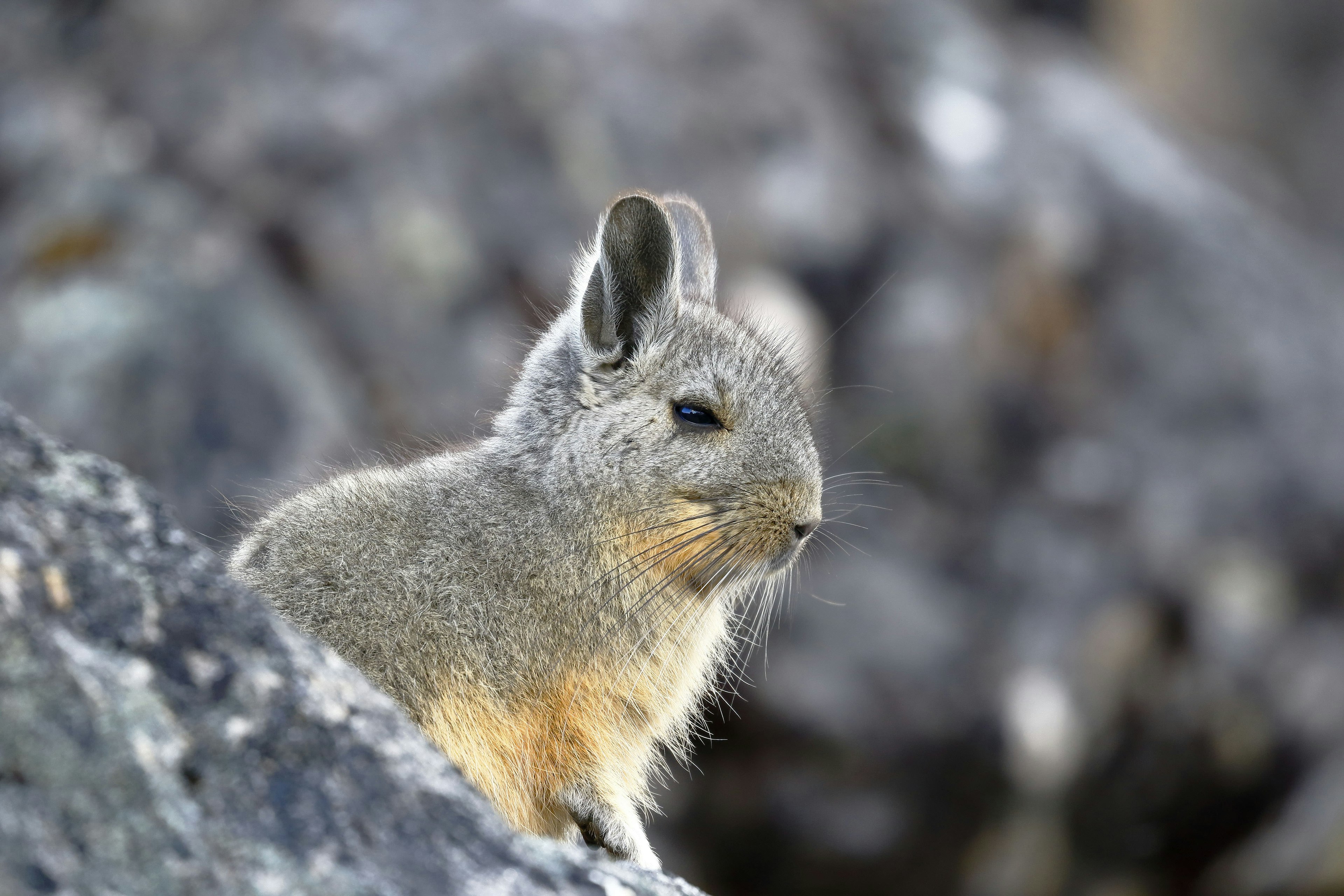L’hiver, bien que rigoureux, est également une période magique pour découvrir le Montana. Un silence hivernal s’installe sur un paysage si glacial que même le son semble figé. Cependant, pour les aventuriers bien équipés ayant un certain niveau d’expérience en plein air, il existe d’incroyables moyens de profiter du magnifique terrain montagneux du Montana en hiver.
Bien sûr, il y a des activités formidables à découvrir dans le Montana tout au long de l’année, mais l’hiver a un attrait particulier pour les amateurs de neige. Whitefish et la vallée environnante de Flathead sont des endroits imbattables pour à peu près toutes les disciplines de sport d’hiver, tout comme la vallée de Gallatin entre Big Sky et West Yellowstone.
Pour skier dans l’arrière-pays immaculé et faire de la motoneige, ainsi que pour accéder au parc national de Yellowstone, la ville isolée de Cooke City est une destination de choix pour les initiés. Voici les meilleures activités à faire dans le Montana en hiver.

1. Raquettes, ski et observation des loups dans le parc national de Yellowstone
Pour beaucoup de personnes, la meilleure saison pour visiter le parc national de Yellowstone est l’hiver. Il y a presque personne, les geysers fument abondamment, et les paysages gelés sont simplement magnifiques. C’est également un moment parfait pour observer la faune.
Il y a deux portions essentielles à ne pas manquer à Yellowstone en hiver. Depuis West Yellowstone, des visites en snow-coach rejoignent le Old Faithful, d’où l’on peut explorer les bassins de geysers en skis ou en raquettes, avant de se retirer pour un chocolat chaud et un arrêt nocturne douillet à l’Old Faithful Snow Lodge.
Plus au nord, la route reliant Cooke City à l’entrée du parc à Gardiner reste accessible aux voitures en hiver. Cela ouvre une multitude de départs de sentiers pour la raquette et le ski de fond autour de la région de Mammoth, certains étant desservis par des arrêts de snow-coach.
Conseil de planification : L’observation de la faune à Yellowstone pendant l’hiver est légendaire – il est bien plus facile d’observer les animaux sur un fond entièrement blanc. Pour une opportunité inoubliable de croiser le regard d’un loup de Yellowstone, inscrivez-vous à une sortie d’observation de la faune avec une entreprise locale comme Yellowstone Wolf Tracker.

2. Explorer en motoneige les forêts nationales de Caribou-Targhee ou de Flathead
Bien qu’il y ait un impact environnemental lors de l’exploration en motoneige (certains habitants s’inquiètent du bruit et des fumées engendrées par les motoneiges dans le parc national de Yellowstone), si vous être un pilote expérimenté, c’est une façon des plus palpitantes de parcourir les vastes paysages du Montana.
Cooke City est l’une des villes les plus isolées du Montana – avec une seule route d’accès en hiver, traversant le parc national de Yellowstone – mais une fois ici, la motoneige est fantastique. Des locations et guides sont disponibles en ville, et les pistes entretenues par le Service des forêts montent vers des passes offrant une vue incroyable sur les montagnes Beartooth, remplies de poudreuse.
Servant de point de départ pour les excursions hivernales dans Yellowstone, West Yellowstone est également très adaptée aux motoneigistes, avec des centaines de kilomètres de superbes pistes dans la forêt nationale voisine de Caribou-Targhee.
D’autres lieux incontournables incluent les 250 kilomètres de pistes à Lolo Pass dans les montagnes Bitterroot au sud-ouest de Missoula, ou la forêt nationale de Flathead près du parc national de Glacier, où vous pouvez louer des motoneiges ou vous joindre à une visite avec Swan Mountain Snowmobiling.
Conseil de planification :
La edad mínima requerida para alquilar una moto de nieve suele ser de 25 años, y las empresas de alquiler exigen presentar una licencia de conducir vigente. Si eres principiante en este deporte, considera realizar un curso en línea con operadores como Snowmobile-Ed.

3. Observa el curioso deporte del skijoring
Al mezclar el legado vaquero de Montana con la herencia de inmigrantes noruegos, surge el deporte del skijoring, donde los esquiadores son remolcados por caballos, sorteando una serie de saltos y eslálones a velocidades de hasta 40mph. Es de esos deportes que parecen haber sido inventados durante una noche de copas, así que prepárate para una buena dosis de adrenalina y diversión un poco disparatada.
Para los espectadores, las mejores actuaciones pueden ser vistas en el World Skijoring Invitational de Whitefish en enero o en el Campeonato Nacional de West Yellowstone en febrero. Alternativamente, prueba la competición Best of the West en Big Sky en el mismo mes o las finales de skijoring durante el Winter Fest de Red Lodge a principios de marzo.

4. Desciende esquiando por pendientes vírgenes desde un yurt o refugio en el campo
En Montana se encuentran algunas de las pistas más increíbles de esquí fuera de pista, pero suelen estar reservadas exclusivamente para esquiadores con experiencia, y conseguir acceso no es económico. Dicho esto, es una experiencia inolvidable esquiar por laderas llenas de nieve polvo durante todo el día y luego retirarse a una yurt o cabaña privada en el desierto, lejos de la civilización.
Hay varias compañías que proporcionan paquetes de esquí en campo abierto que incluyen alojamiento y guías. Puedes establecerte en acogedoras yurtas con Yurtski en las montañas Swan, con Bell Lake Yurt en las montañas Bitterroot o con Beartooth Powder Guides en Cooke City. Todas ofrecen cursos de avalanchas y esquí en campo abierto, una inversión sensata si eres novato en el esquí lejos del circuito convencional.
Hellroaring Powder Guides organiza viajes de esquí en el campo abierto tanto guiados como no guiados desde su refugio en las Montañas Centennial, a 25 millas de West Yellowstone. Great Northern Powder Guides en la región de Whitefish ofrece las únicas experiencias de Cat skiing en el estado, utilizando su cabaña privada como base para increíbles descensos prístinos.
Consejo de Planificación: La manera más económica de probar el esquí de fondo suave en campo abierto es alquilar una cabaña del Servicio de Bosques. Por tan solo $50, se puede obtener una cabaña básica por la noche, aunque será necesario cortar leña para la calefacción y cocinar, además de llevar todos los alimentos.

5. Aprender el arte del trineo con perros
Es difícil imaginar una manera más encantadora de navegar por los bosques nevados y valles de Montana que sobre un trineo tirado por canes. Además de disfrutar del paisaje y dominar las habilidades básicas del trineo, interactuar con estos enérgicos perros es una experiencia destacada por sí sola.
Varios proveedores ofrecen experiencias prácticas de trineo con perros. En el oeste de Montana, puedes probar en Base Camp Bigfork en el Valle del Flathead, Winter Woods Dog Sled Tours a las afueras de Whitefish o Dog Sled Adventures cercanas. Cerca de Bozeman, explora Yellowstone Dog Sled Adventures en el sur del Valle de Gallatin o Spirit of the North Dog Sled Adventures en Big Sky.
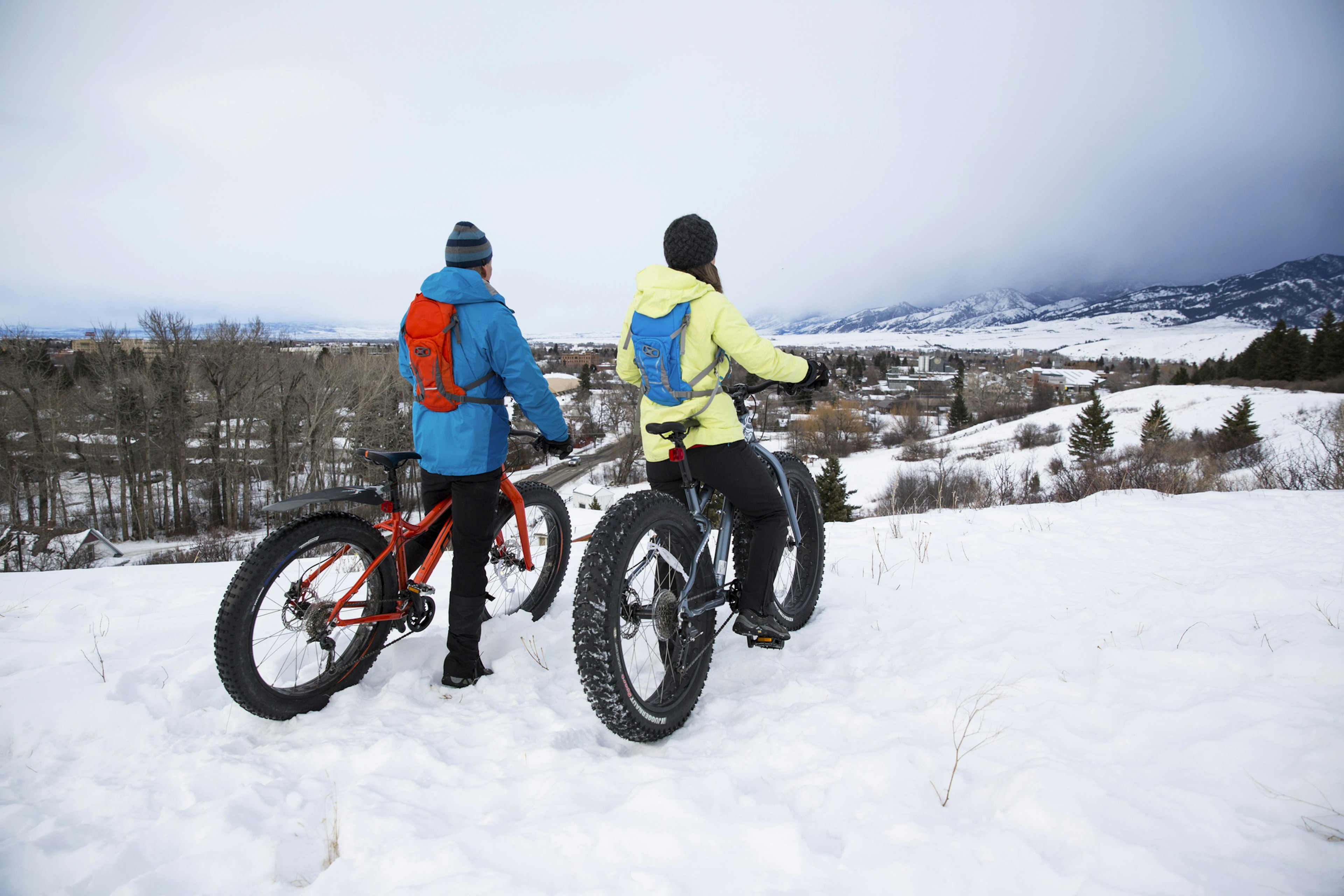
6. Probar el fat biking en el Whitefish Trail
Una bicicleta de llantas anchas es básicamente una bicicleta de montaña con gruesos neumáticos de doble anchura para rodar sobre nieve compacta, siendo una maravillosa forma de explorar el paisaje de Montana en invierno. Este deporte, cada vez más popular, amplía la temporada ciclista, abre vastos terrenos nevados a quienes no esquían, y permite llevar el paseo en bicicleta a nuevos límites. No te preocupes mucho por caerte – ¡la nieve amortiguará tu caída!
El Whitefish Trail, de 22 millas, es una de las mejores rutas para el ciclismo sobre nieve en el estado. El Whitefish Bike Retreat, ubicado a 9 millas al oeste de Whitefish, ofrece alquiler de bicicletas de llantas anchas y acceso a senderos acondicionados junto con acogedoras habitaciones, gran cantidad de consejos sobre rutas y ocasionales clínicas de tres días de fat biking.
Consejo de planificación: Al iniciarte en el fat biking, elige una bicicleta con pedales de plataforma plana – tendrás resbalones y desmontes, y es más fácil volver a subir a la bicicleta si no debes preocuparte por ganchos para los dedos o calas.
7. Practica esquí nórdico en el Parque Nacional Glacier
Montana ofrece una variedad casi ilimitada de senderos de esquí nórdico si no buscas emociones de descenso. En West Yellowstone, Bozeman, Big Sky, Missoula, Red Lodge y Great Falls hay centros de esquí nórdico con numerosos senderos bien cuidados. En Whitefish, prueba el Glacier Nordic Center o los Big Mountain Nordic Trails, estos últimos más adecuados para esquiadores con experiencia.
Para algo único, visita el Parque Nacional Glacier en invierno. La mayoría de las carreteras y alojamientos del parque cierran durante la temporada fría, pero puedes esquiar o usar raquetas de nieve desde Lake McDonald Lodge cerca de Apgar en el lado occidental del parque, o a lo largo de la Carretera Going-to-the-Sun desde St Mary en el lado oriental. Senderos remotos de naturaleza llevan al parque desde la estación de guardaparque de Polebridge y el Paso Marias.
Sugerencia de planificación: Descubre la maravilla congelada del Parque Nacional Glacier como un pionero en una excursión con raquetas organizada a través del programa guiado por guardaparques del parque o con el Instituto Glacier.

8. Practica la pesca sobre hielo en el Este de Montana
Los pescadores con mosca más audaces se ponen vadeadores para adentrarse en las aguas frías de Montana durante todo el año, pero hay una alternativa más cálida. A finales de diciembre o principios de enero (dependiendo de cuándo bajan las temperaturas), grandes cuerpos de agua en todo el estado se congelan, y los pescadores de hielo establecen sus campamentos para pescar truchas de lago, lucios, luciopercas, entre otros. Dirígete al Este de Montana para tener las mejores oportunidades – lugares populares incluyen Nelson Reservoir, Fort Peck Lake, Tongue River Reservoir y Deadmans Basin.
9. Relájate en uno (o varios) de los manantiales de agua caliente de Montana
Si buscas puro relax, los manantiales termales de Montana ofrecen un buen cambio de ritmo (y temperaturas) en invierno. De hecho, existe una ruta salpicada de manantiales termales que atraviesa el estado, llamada Glaciers to Geysers, y muchos centros de manantiales termales se encuentran convenientemente cerca de senderos para motos de nieve y de esquí de fondo.
Es una experiencia lujosa que no siempre tiene un costo elevado. Se recomiendan los manantiales como Sleeping Buffalo Hot Springs en Missouri River Country; Chico Hot Springs, a unas 30 millas del Parque Nacional Yellowstone; Spa Hot Springs Motel en el Centro de Montana; Norris Hot Springs en el Suroeste de Montana (consulta su calendario de música en vivo de antemano); y Quinn’s Hot Springs en Paradise, Montana.
Consejo de planificación: Apunta a un buen baño después del atardecer para experimentar un increíble avistamiento de estrellas nocturnas – la falta de contaminación lumínica es impresionante aquí.


























